Hammermills are size reduction tools used in industrial waste disposal, raw material processing and many other operations. Size reduction tools are important parts of many industrial processes. Because the variety of materials that are processed by size reduction equipment is so wide, an equally wide variety of equipment is necessary to accommodate them. Read More…
Here at Granutech Saturn Systems we will provide you with the top of the line hammermills and our experts will work with you to find the perfect solution for your application. We offer a number of solutions including hammermills, crushers, loggers, heavy-duty shredders, grinders, granulators, powderizers, and refiner mills. Our hammermills have an 200hp motor and utilize a heavy duty steel...
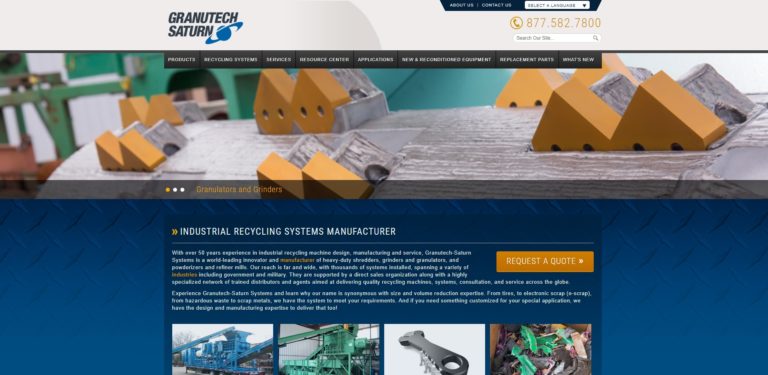
SSI Shredding Systems, Inc. is ready to suit your shredding, compacting and pulverizing needs. We have multiple reducers to choose from to meet your pulverizing requirements with ease.

Shred-Tech is an industry leader in the custom design and manufacturing of waste reduction systems and shredding machinery for a variety of recycling applications.
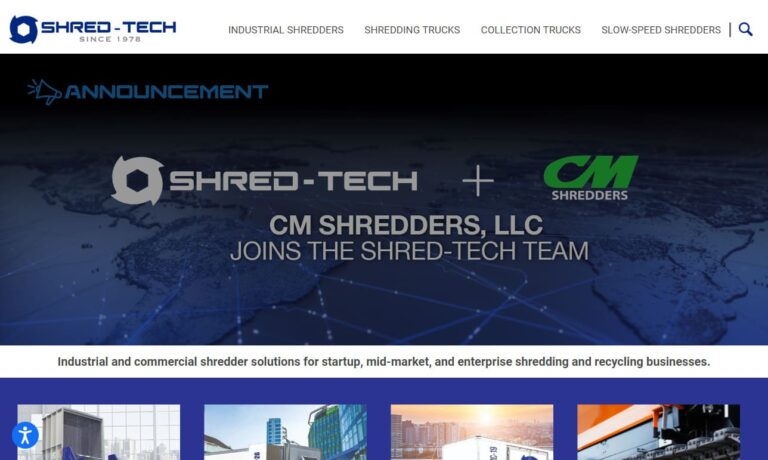
At Eriez, our hammermills can be designed for reduction of medium hard to hard friable materials, such as coal, hard chemicals, wood chips, and more. Our MACSA Impact Hammermill features a dynamically balanced rotor that comprises of six replaceable hard-faced swing beaters mounted on swinger plates. The mill housing is fully lined. It is also available in standard and 300 x 300 configurations....

Crush, grind, granulate, shred, pulverize, de-lump - Whatever material processing you need, TerraSource Global has the equipment you`ve been looking for. Since we first opened our doors, TerraSource Global has provided pulverizers, wood grinders, feed & grain mills, lumpbreakers and custom products to a number of industries. Manufacturing expertise defines our business. Call today!
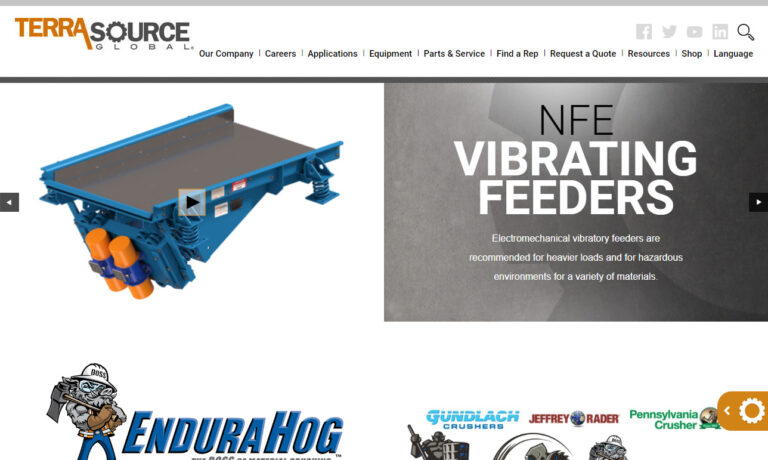

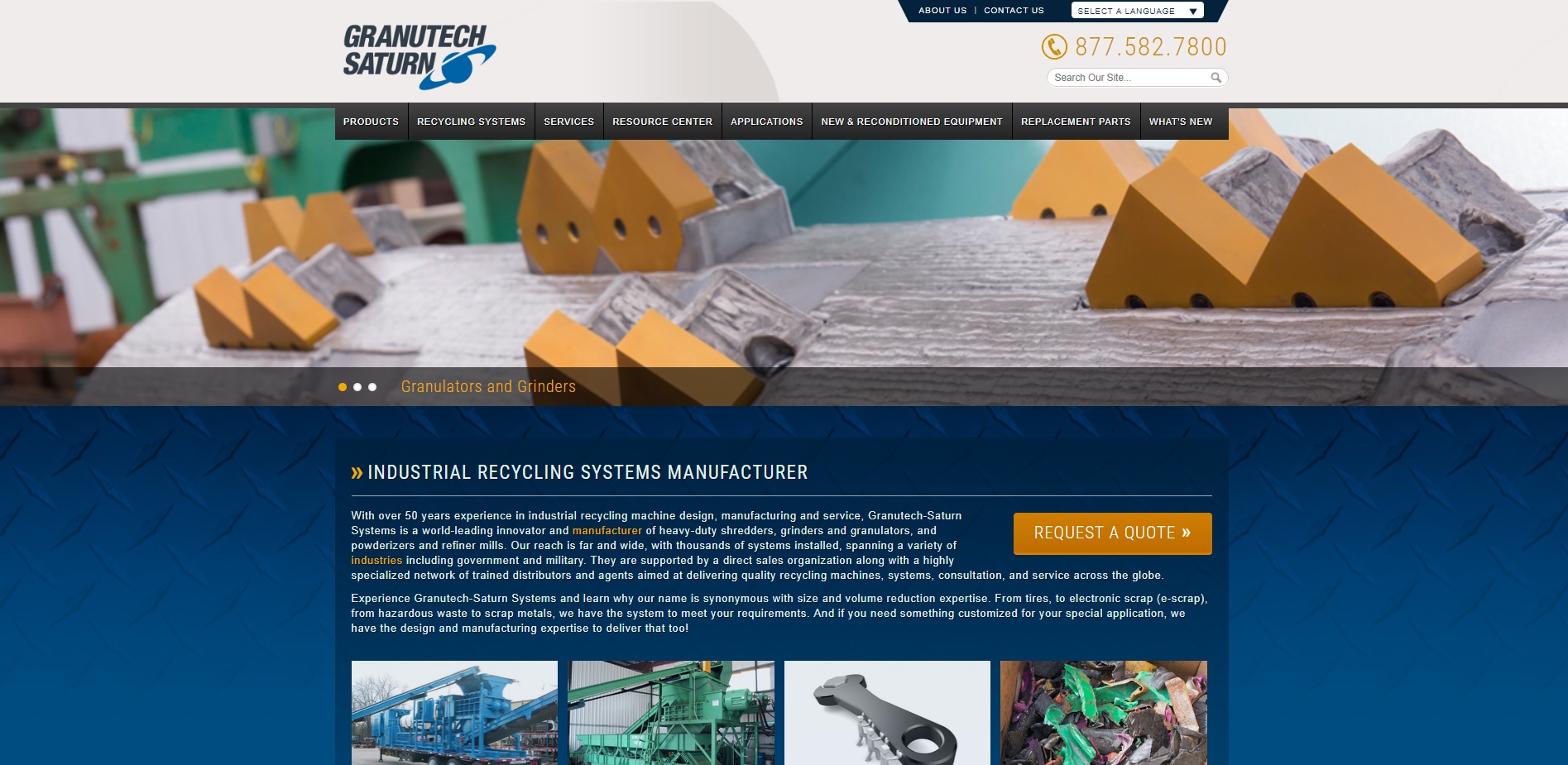



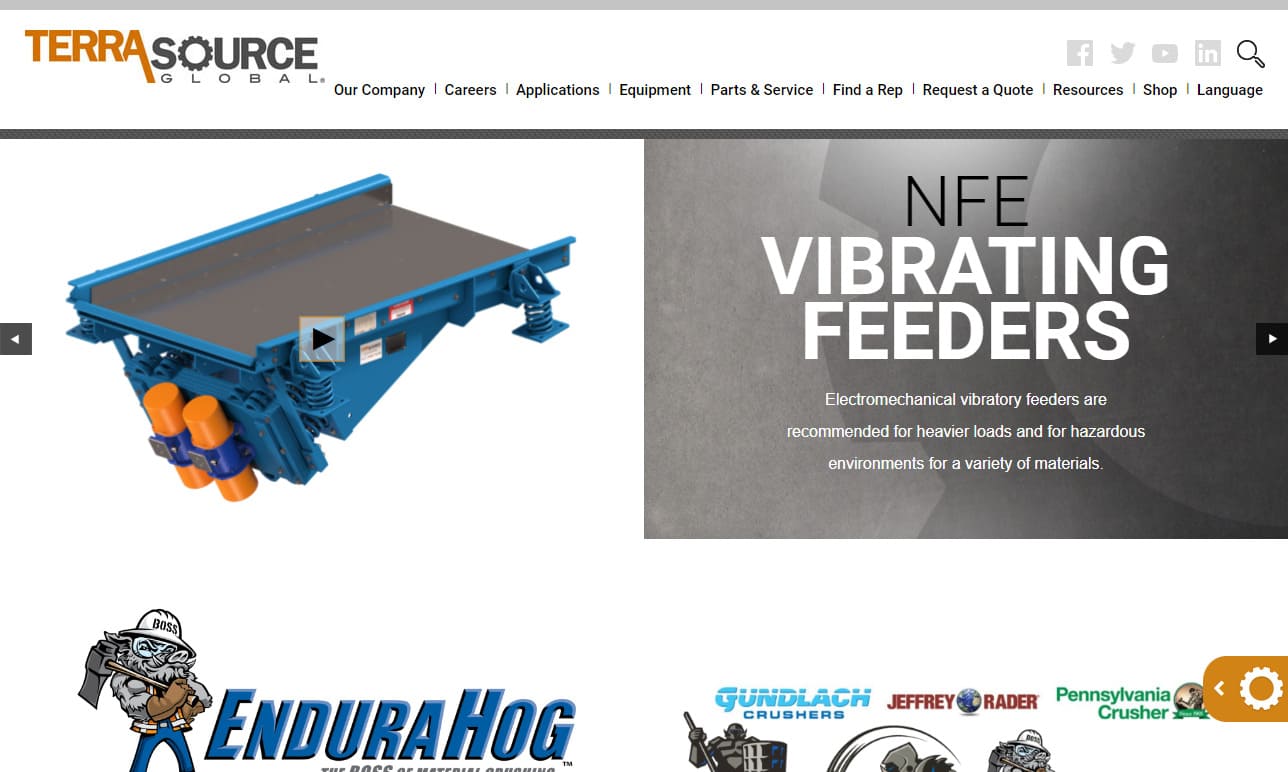
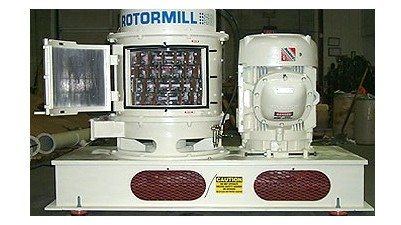 Hammer Mills – International Process Equipment Company
Hammer Mills – International Process Equipment Company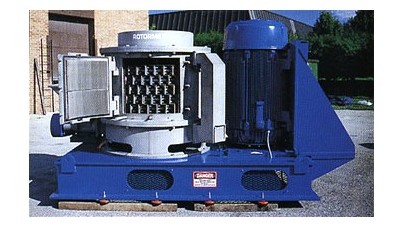 Hammer Mills – International Process Equipment Company
Hammer Mills – International Process Equipment Company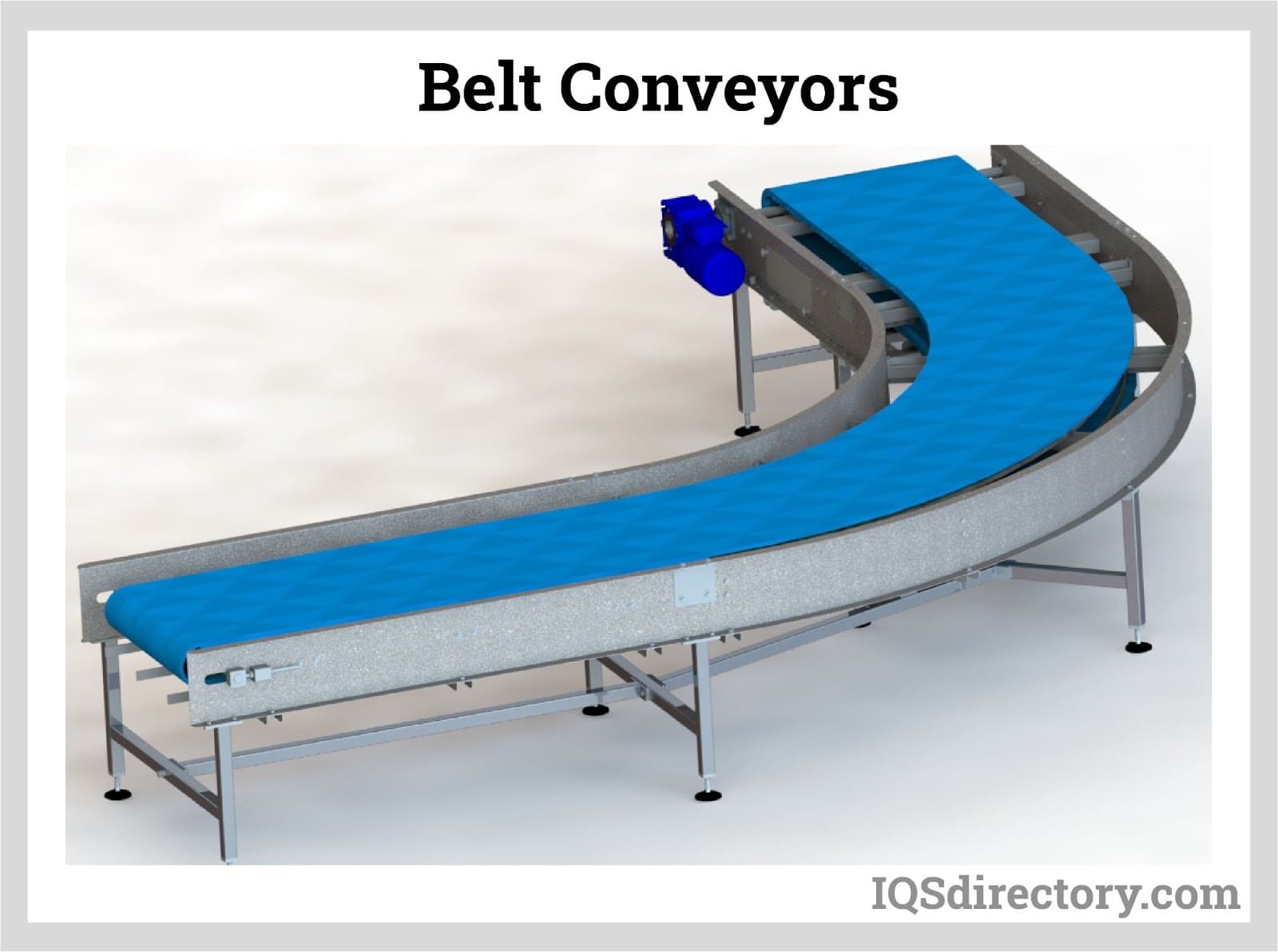
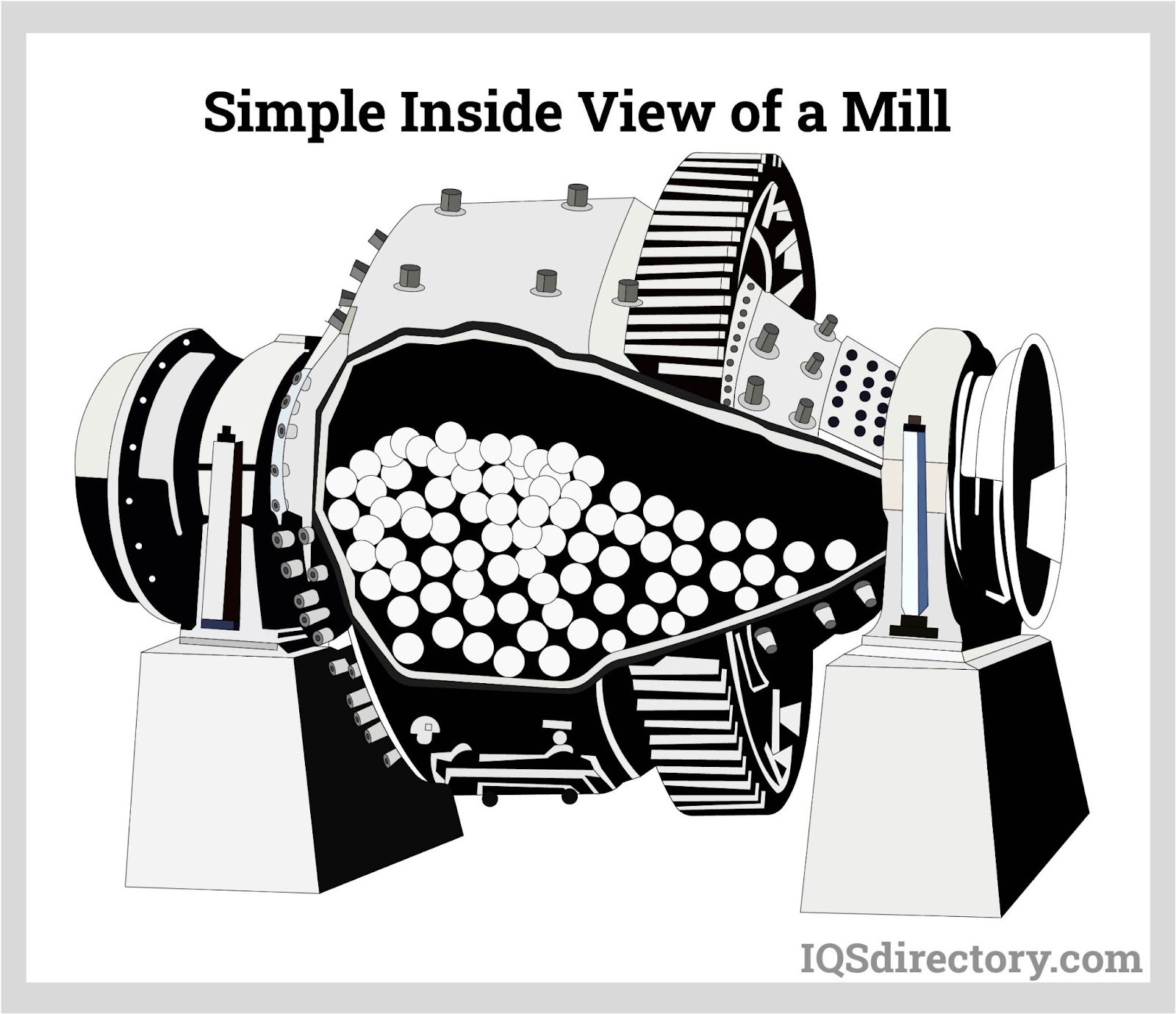
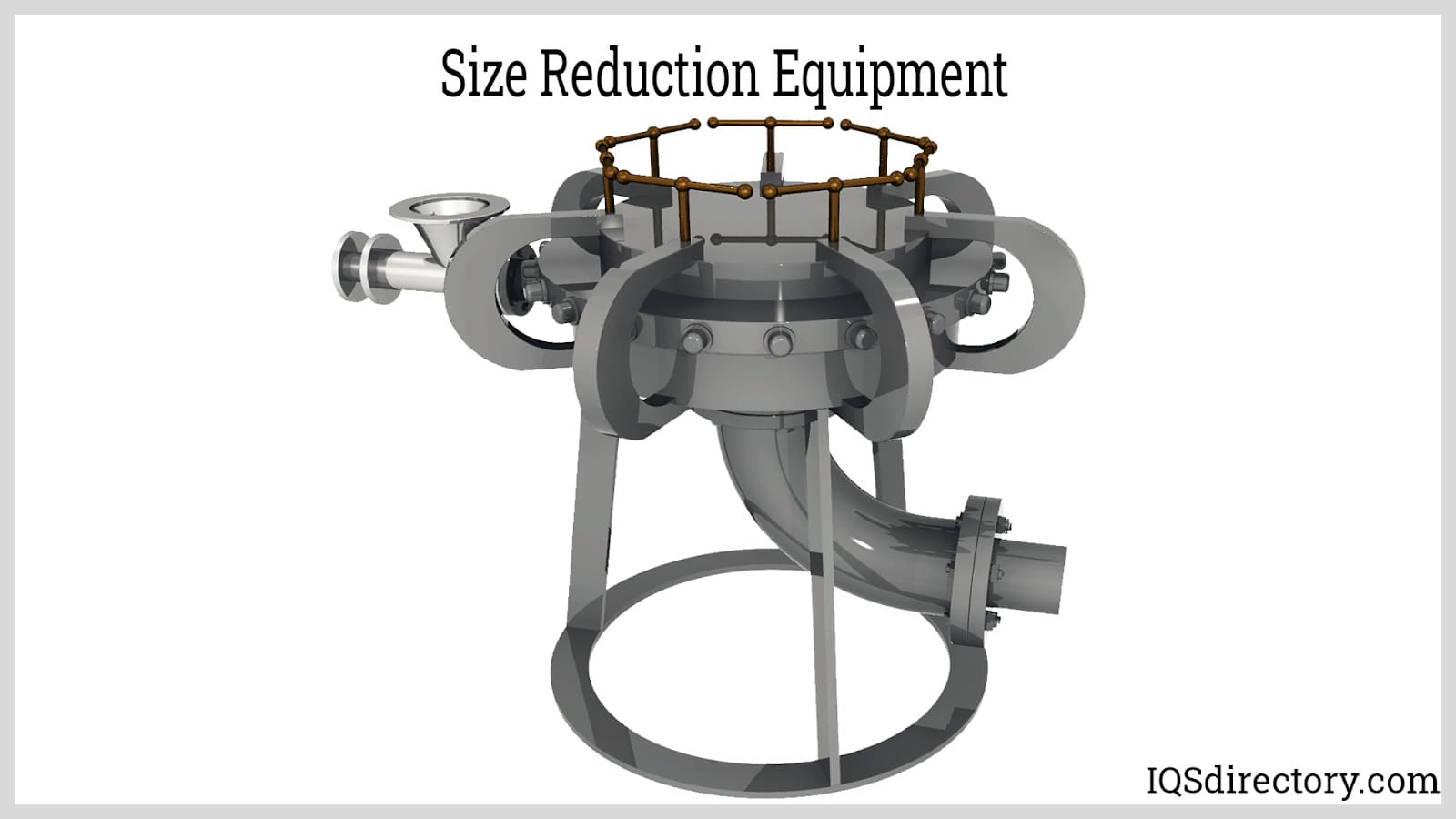
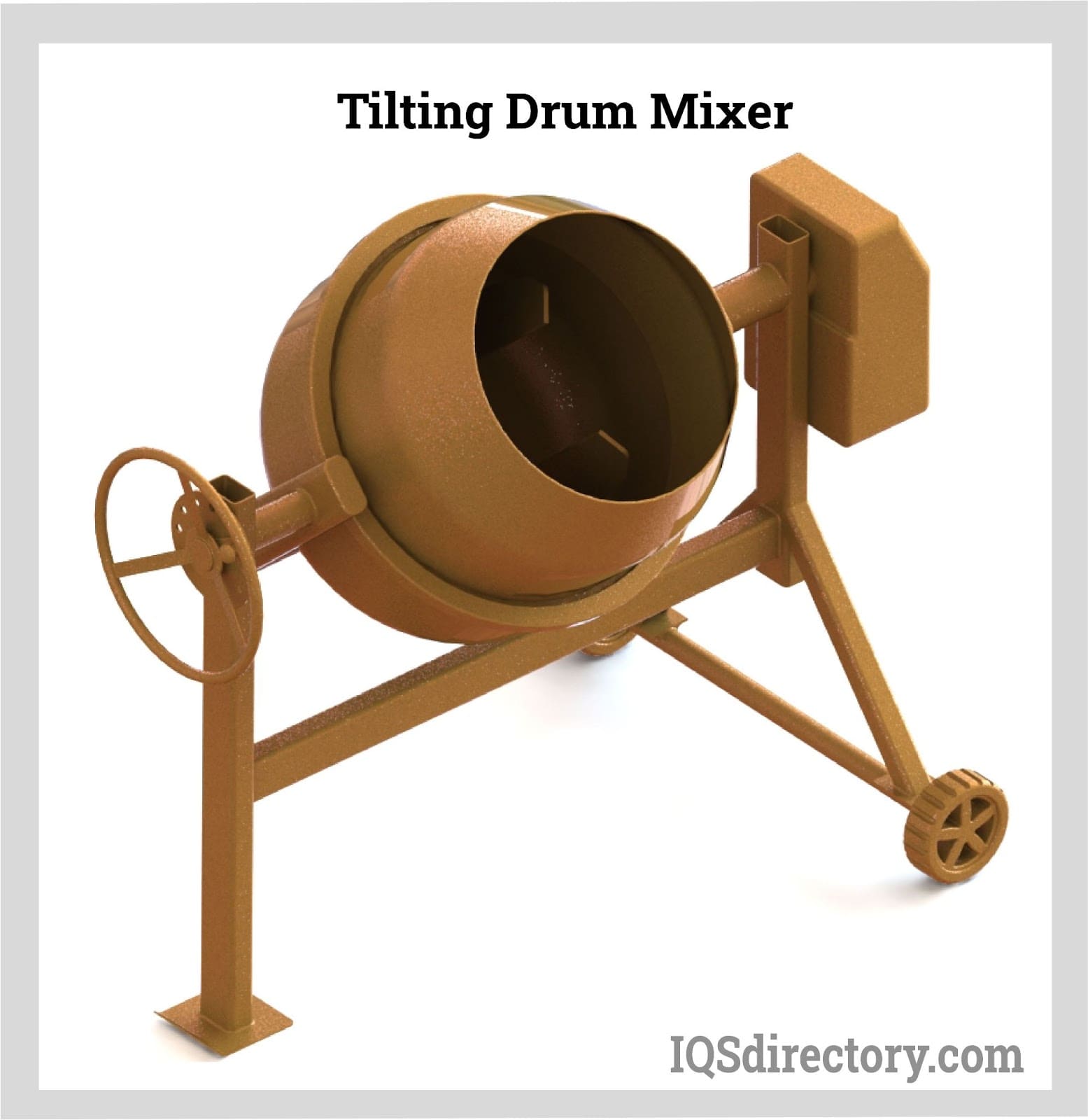
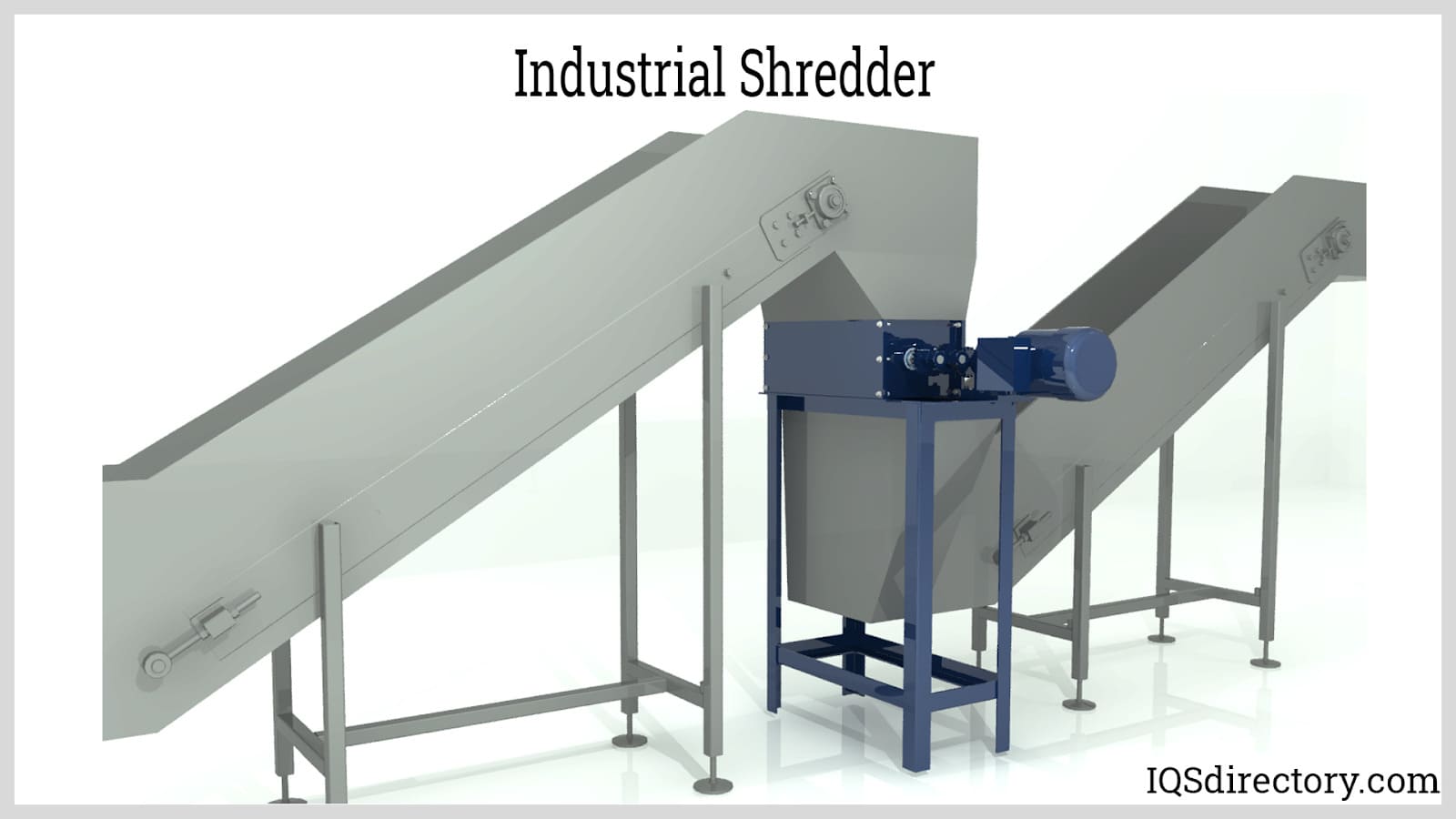
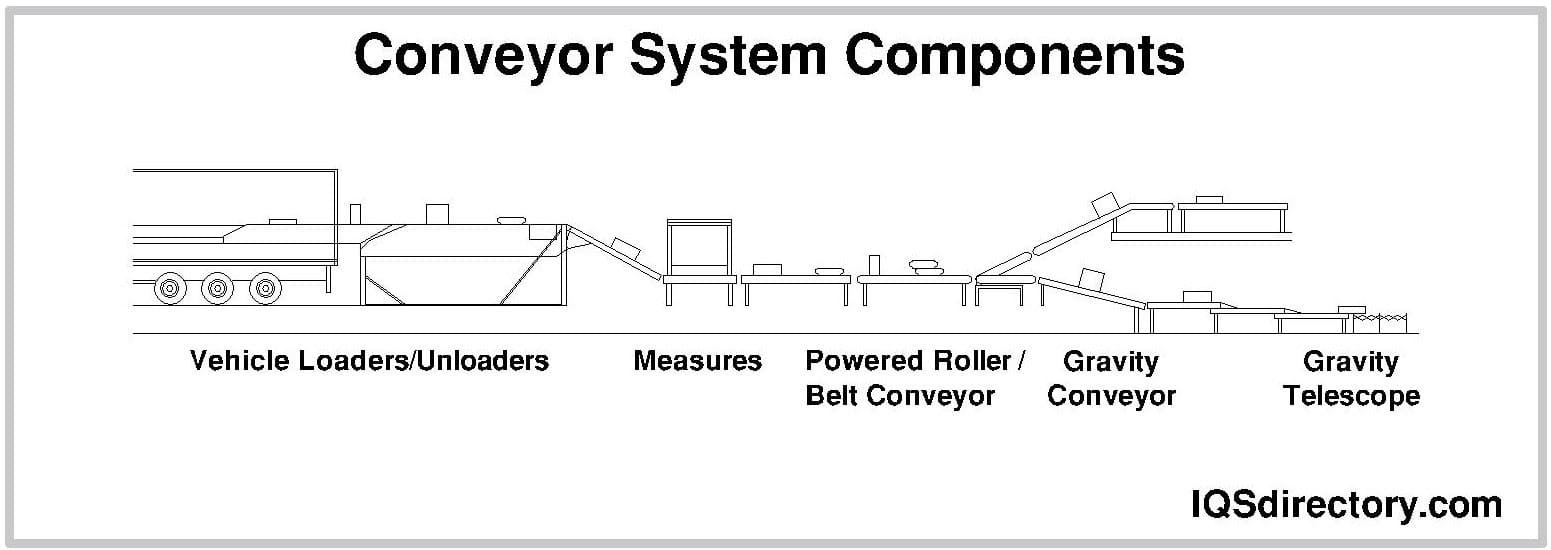
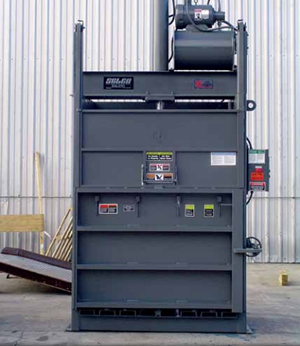 Balers
Balers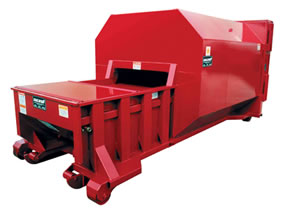 Compactors
Compactors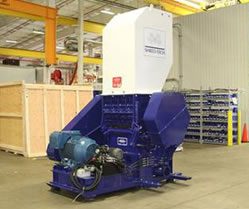 Granulators
Granulators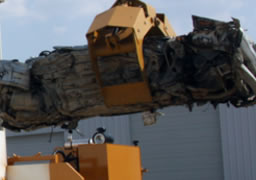 Grapplers
Grapplers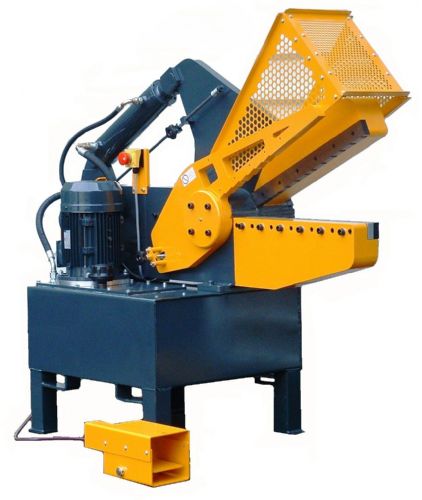 Metal Shears
Metal Shears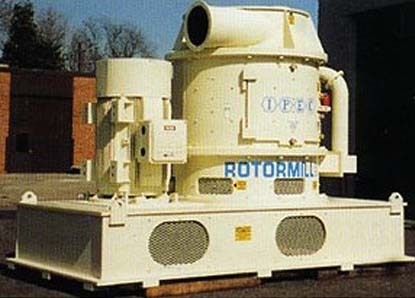 Pulverizers
Pulverizers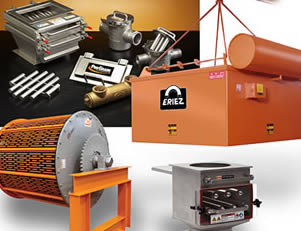 Separators
Separators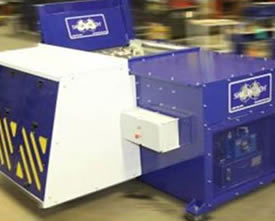 Shredders
Shredders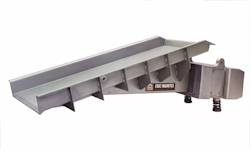 Vibratory Feeders
Vibratory Feeders Castings & Forgings
Castings & Forgings Bulk Material Handling
Bulk Material Handling Electrical & Electronic Components
Electrical & Electronic Components Flow Instrumentation
Flow Instrumentation Hardware
Hardware Material Handling Equipment
Material Handling Equipment Metal Cutting Services
Metal Cutting Services Metal Forming Services
Metal Forming Services Metal Suppliers
Metal Suppliers Motion Control Products
Motion Control Products Plant & Facility Equipment
Plant & Facility Equipment Plant & Facility Supplies
Plant & Facility Supplies Plastic Molding Processes
Plastic Molding Processes Pumps & Valves
Pumps & Valves Recycling Equipment
Recycling Equipment Rubber Products & Services
Rubber Products & Services